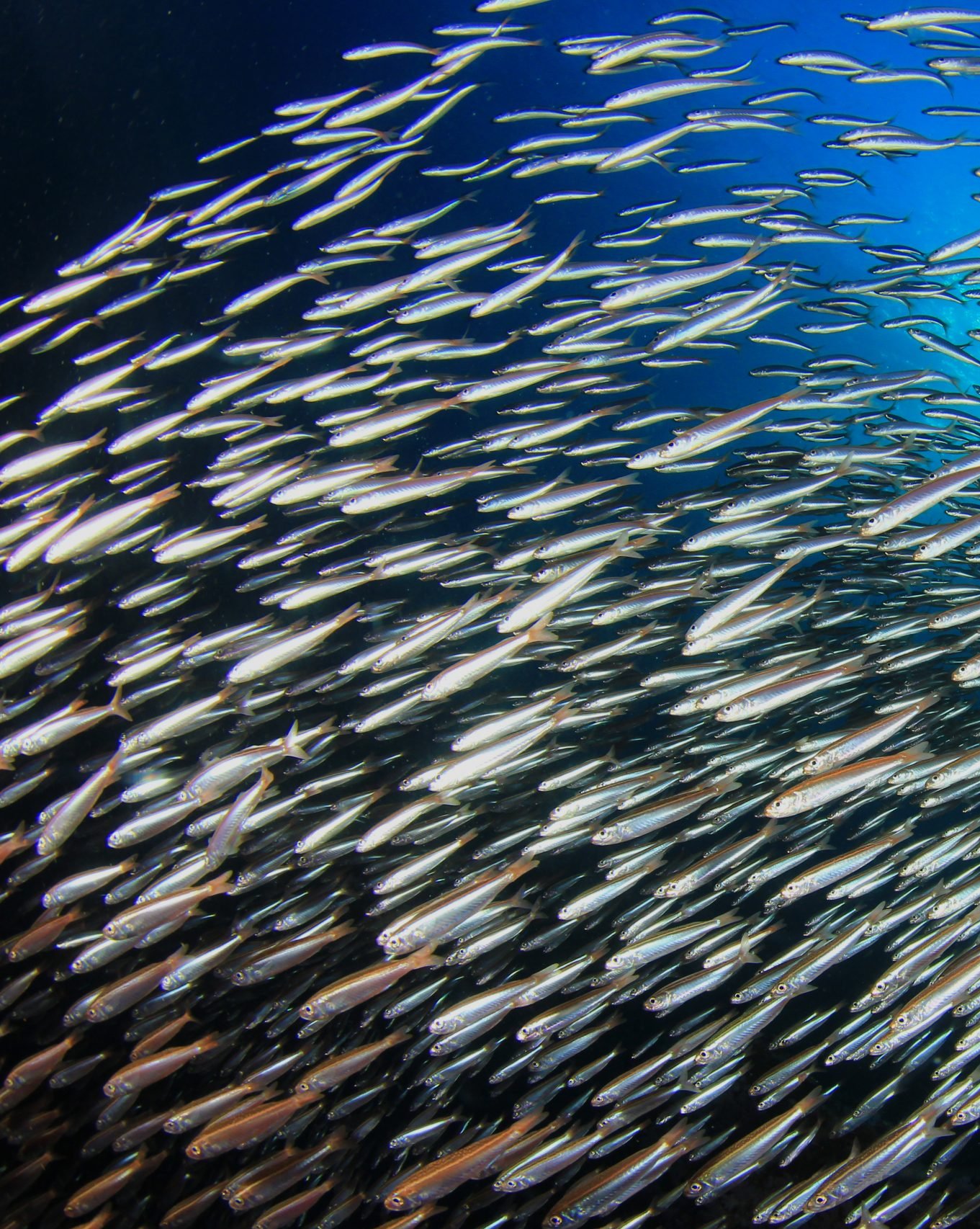Understanding how ecological drivers affect the speed at which individual fish grow to maturity, and their health – in one word, their “productivity” – is an essential step towards the successful implementation of Ecosystem Based Fisheries Management (EBFM). As part of our Ecological Effects on Fisheries theme, SEAwise sought to develop predictive models of fish growth, condition, and maturity under the influence of key ecological drivers such as temperature and prey availability. Doing so should better enable managers to develop strategies informed by the conditions of the ecosystems in which the fish stocks they manage are found.

This study focused on several different measures typically used to assess the growth, condition, and maturity of individuals within fish stocks, examining them against ecological factors in order to better understand how they may respond in real life. The measures used were weight and length, how healthy and nourished fish were, the length at which 50% of fish in a population reached sexual maturity, and the increments between the accumulation of calcium carbonate on the ear bones which indicate age (similar in a way to how you can count the growth rings of trees).
The amount and level of detail of the underlying data used in this study varied across the SEAwise Case Study regions. This means that a variety of different methods needed to be used, and as such the results are not directly comparable across the cases. Nevertheless, here’s a snapshot of key findings from each region:
Building on this work, over the next year we will continue to refine a medley of models to predict the growth, productivity, and health condition of individuals within stocks. Once completed, these models will be instrumental to answering several research questions under another of our themes, Evaluation of Fisheries Management Strategies in an Ecosystem Context.
Read the full report here.
Stay up to date with SEAwise news and research, hear about upcoming events, and receive updates on fisheries news from across the European seascape.